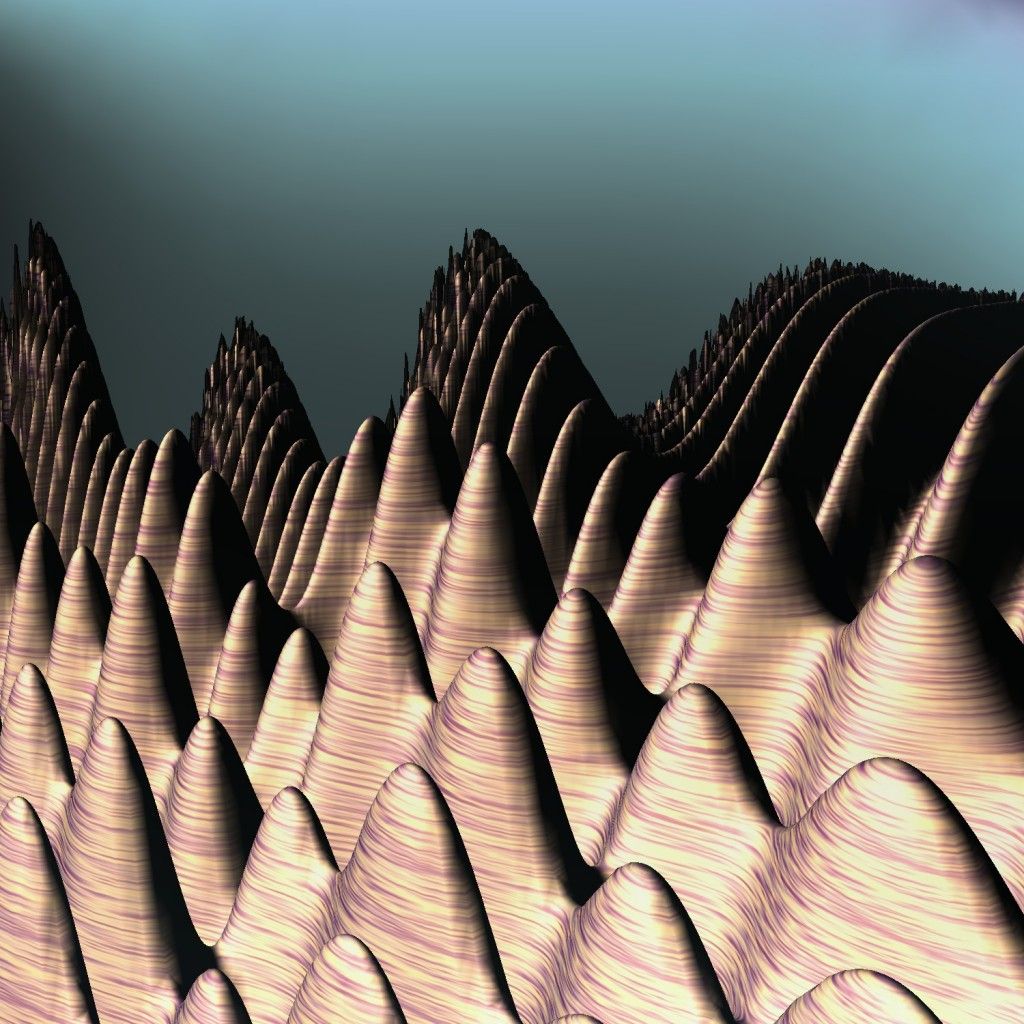Apr 2, 2018
The Atomic-Bomb Core That Escaped World War II
Posted by Genevieve Klien in category: futurism
Before two deadly nuclear mishaps, scientists used to risk “tickling the tail of a sleeping dragon.” An Object Lesson.
Before two deadly nuclear mishaps, scientists used to risk “tickling the tail of a sleeping dragon.” An Object Lesson.
A hundred years after Einstein’s theory of general relativity was announced to the world, it’s a good time to remember Georg Riemann’s contributions as well.

Geoscience researchers at the University of Massachusetts Amherst, Smith College and the Japanese Agency for Marine-Earth Science and Technology this week unveiled new, GPS-based methods for modeling earthquake-induced tsunamis for southeast Japan along the Nankai Trough. A Nankai-induced tsunami is likely to hit there in the next few decades, says lead author Hannah Baranes at UMass Amherst, and has the potential to displace four times the number of people affected by the massive Tohoku tsunami of 2011.
She and her doctoral advisor Jonathan Woodruff, with Smith College professor Jack Loveless and Mamoru Hyodo at the Japanese agency report details in the current Geophysical Research Letters. Baranes says, “We hope our work will open the door for applying similar techniques elsewhere in the world.”
As she explains, after the unexpectedly devastating 2011 quake and tsunami, Japan’s government called for hazard-assessment research to define the nation’s worst-case scenarios for earthquakes and tsunamis. Baranes notes, “The government guideline has focused attention on the Nankai Trough. It’s a fault offshore of southern Japan that is predicted to generate a magnitude 8 to 9 earthquake within the next few decades.”
Continue reading “Modeling future earthquake and tsunami risk in southeast Japan” »
Meteorites or gas explosions were blamed for the huge depressions on NZ’s seafloor. Scientists were wrong.
In Losing the Nobel Prize, astrophysicist Brian Keating discusses the downsides of science’s top honor.
If you rely on WhatsApp to message friends and family, it’s important to know that the service lets your contacts know about when you’re available to chat, and whether you’ve read their texts.
That’s not all: Lifehacker has spotted Chatwatch, a new iOS app that uses WhatsApp’s public online/offline status feature to tell users how often their friends check the app, and estimate when they go to bed each day; it can even correlate data on two contacts you choose to guess if they’ve been talking to each other.
Yeah, there’s no need to give anyone that sort of ammo. I prefer to maintain a low profile on messaging services so I can chat and respond on my own terms, so it’s rather alarming to know that my contacts can keep tabs on me this way.
Tags: anti-aging, bioquark, biotech, health, healthspan, lifespan, longevity, wellness
Inti de Ceukelaire, the ethical hacker from ‘Oilsjt’ in Belgium, is back again. De Ceukelaire has built a tool that can pretty reliably tell who you are after answering 15 questions on his new site ‘Oilsjt Analytica,’ a cheeky reference to Cambridge Analytica’s recent Facebook scandal.
I would say it was creepy, but the disclaimer on the website jokes that feeling away. Which also kind of makes me feel like a sucker for giving away data because someone makes light of it. Maybe it illuminates a deeper truth: We don’t care about our data as long as we’re entertained.
“Disclaimer: this website does not store any personal information. I mean, we could, but we say we don’t. So we don’t. We cannot be held responsible for any fake news related to this website.”
Continue reading “This site guesses exactly who you are based on just 15 questions” »
There’s no one on board, and it takes nearly 20 hours to get a message to Voyager’s engines. But without the repair, Voyager might stop sending us messages.